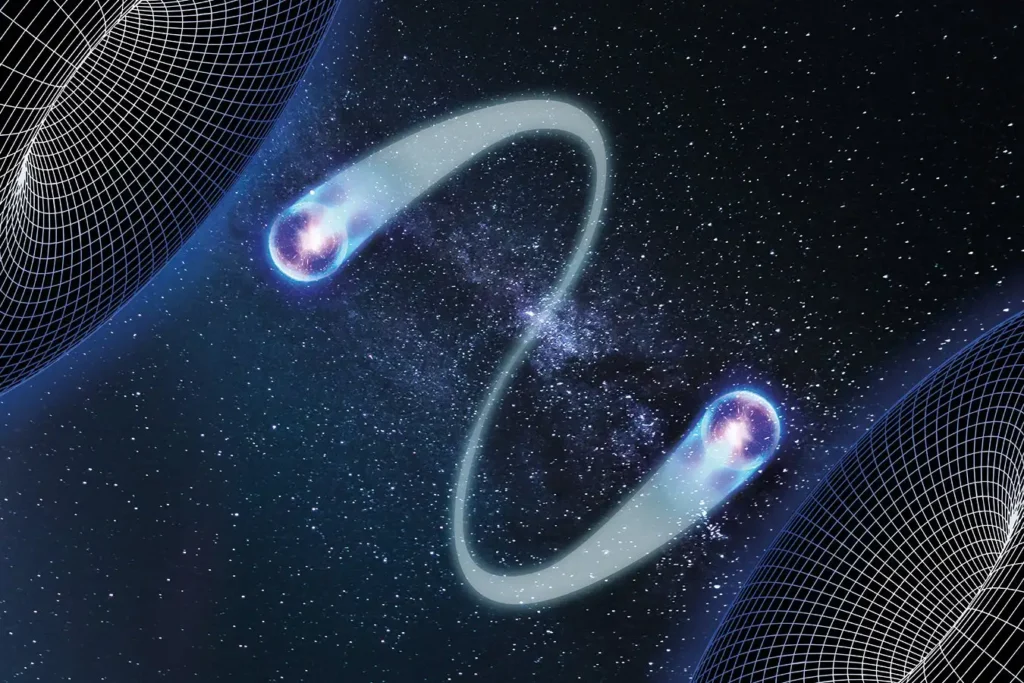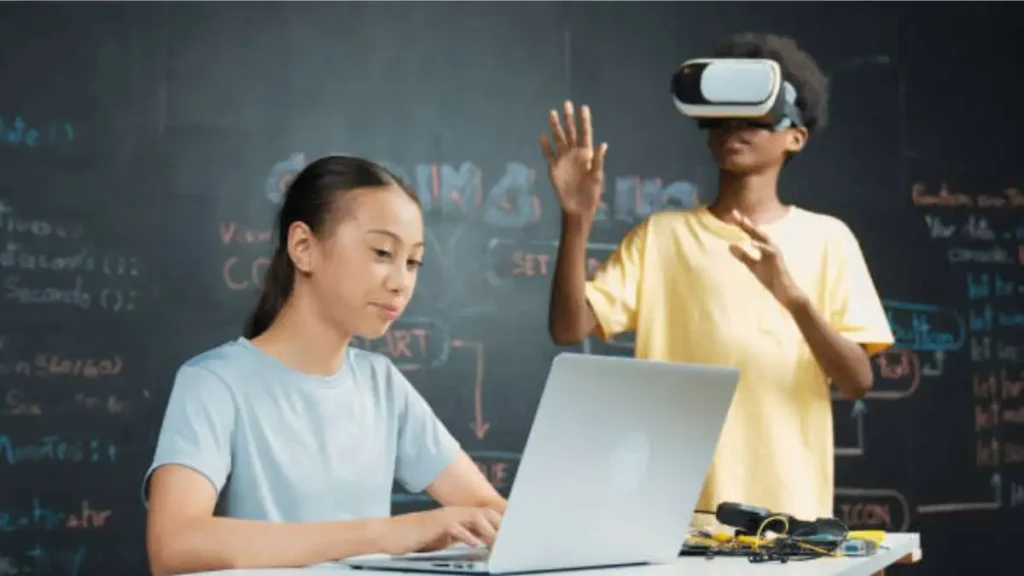Time is a curious concept that often feels like TIME WARP a river, flowing steadily in one direction. But what if it were more like a dance? A captivating interplay of moments that can bend and twist, allowing us to slip through its fingers. The idea of “time warp” has fascinated scientists and dreamers alike for ages, sparking imaginations across various fields from quantum mechanics to the arts.
In this exploration, we’ll delve deep into the phenomenon known as time warp—unpacking its scientific origins while also uncovering its vibrant presence in everyday life. Whether you’re a science enthusiast or simply intrigued by how these concepts weave their way into popular culture and technology, there’s something here for everyone. So prepare to embark on an enlightening journey where physics meets fantasy and reality dances with possibility!
The Dance and its Placement
The concept of a time warp often conjures images of swirling galaxies and bending space. Yet, at its core, it can be thought of as a dance—a complex interplay between time and space that challenges our conventional understanding. This metaphor highlights how fluidly these elements interact in both theoretical physics and our daily lives.
In classical mechanics, we perceive time as linear: past, present, future. But quantum mechanics introduces us to a different rhythm where particles exist in multiple states simultaneously. Here is where the “dance” becomes more pronounced; it’s not just about moving forward but also exploring the possibility of existing across various timelines.
Researchers like Albert Einstein laid the groundwork with his theory of relativity. He proposed that gravity could bend light—and by extension, affect the passage of time itself. Imagine stars twinkling in a cosmic ballet while their light travels through warped spacetime towards Earth. It’s mesmerizing to think that even light participates in this intricate choreography.
This notion extends beyond abstract theories into tangible experiments—think particle accelerators and black holes! In these extreme environments, scientists observe phenomena that seem to defy logic: particles appearing to communicate instantaneously across vast distances or existing outside traditional boundaries of time altogether.
But what does this mean for everyday life? The idea resonates with many aspects we often overlook—the way memories linger or how certain moments feel elongated during times of joy or distress. Moments can stretch when we’re deeply engaged yet race by during mundane tasks—an experience akin to navigating through warped dimensions without leaving our chairs.
Artistic expressions also capture this theme beautifully—from films that play with non-linear storytelling to music compositions that evoke nostalgia through cyclical patterns. Each artistic endeavor reflects humanity’s innate fascination with manipulating perceptions of time—a dance interpreted uniquely by every creator.
As technology advances further into realms once reserved for science fiction, concepts such as virtual reality allow users to step into simulated worlds where they can manipulate timelines directly—even if only temporarily. This intersection between tech innovation and age-old scientific inquiry ensures the dance continues well into
Quantum Mechanics in Entertainment and Technology
Quantum mechanics has infiltrated our lives in ways we often overlook. From the gadgets we use daily to the films that capture our imagination, this complex field of science shapes modern entertainment and technology.
Take a moment to consider your smartphone. The device relies heavily on quantum principles, especially in its processors. Quantum bits or qubits are at the heart of quantum computing, allowing for calculations far surpassing traditional methods. This means faster apps and smarter devices—an evolution born from understanding particles at their most fundamental level.
Film and television have also embraced these concepts with open arms. Movies like “Interstellar” and shows such as “Dark” explore time travel through intricate plots rooted in quantum theories. These narratives captivate audiences by challenging perceptions of reality and time itself. They blend scientific inquiry with artistic expression, making complex ideas accessible to everyone.
Video games haven’t been left behind either; they increasingly incorporate elements influenced by quantum mechanics. Titles like “Superposition” let players engage with realities where choices create branching timelines based on probabilistic outcomes—a direct nod to how particles exist in multiple states until observed.
The world of virtual reality (VR) is another area impacted by these advancements. Developers harness quantum algorithms to enhance immersion by simulating lifelike physics within digital environments more efficiently than ever before. This creates experiences that blur the lines between what’s real and what’s imagined.
Even music production benefits from innovations tied to quantum research. Audio engineers utilize advanced sound processing techniques derived from wave-particle duality principles, creating clearer audio experiences for listeners worldwide—changing how we enjoy our favorite tracks.
As you can see, the influence of quantum mechanics extends beyond academic discourse into realms that entertain us every day while shaping future technologies along the way.
Time Warp in Popular Culture
The concept of a time warp has captivated the imagination of filmmakers, writers, and artists for decades. It offers a unique narrative device that allows characters to step outside the confines of linear time. This idea resonates deeply in popular culture because it challenges our understanding of reality.
Movies like “Back to the Future” have played pivotal roles in embedding the phrase “time warp” into mainstream dialogue. Marty McFly’s adventures through different timelines sparked curiosity about how actions can ripple across eras. The whimsical yet profound implications of altering past events continue to intrigue audiences.
Television series often explore time warps with varying degrees of seriousness and humor. Shows like “Doctor Who” take viewers on intergalactic journeys where time travel is just another Tuesday afternoon for the Doctor. Each episode teaches us something new about history while bending our perception of what’s possible.
Video games are not left out either; titles such as “Braid” integrate intricate mechanics that involve manipulating time itself. Players rewind moments or create duplicates, offering an interactive experience that makes them question their own choices within a compressed temporal framework.
In literature, authors weave tales around this captivating theme too—consider H.
G. Wells’ classic work “The Time Machine.” Here, readers grapple with philosophical inquiries surrounding progress and humanity’s future while experiencing thrilling escapism at its best.
Music also joins this cultural phenomenon with tracks celebrating themes related to time travel and distortion. Songs from various genres use metaphors tied to temporal shifts, creating an emotional resonance that listeners connect with personally.
Even art installations find inspiration in the idea of a time warp by merging elements from different periods into one cohesive piece—challenging perceptions and encouraging discussions around historical significance versus contemporary interpretation.
Time Warp Events Worldwide
Around the globe, time warp events offer a unique experience that captivates locals and tourists alike. These gatherings often blend creativity, tradition, and a bit of whimsy, creating extraordinary moments where people can embrace the concept of time in unconventional ways.
One notable event is the “Time Warp Ball” held annually in various cities. This themed party invites participants to dress up from different eras—from flapper dresses of the 1920s to futuristic costumes inspired by science fiction. The energy is electric as guests dance through decades on a single night. Each year brings new creative spins on themes that highlight both nostalgia and imagination.
In Japan, “Shibuya’s Time Travel Festival” draws crowds eager to explore history through immersive experiences. Attendees can don historical attire as they wander through replicas of famous locations like Edo-period streets or even futuristic landscapes imagined by local artists. The fusion of technology with cultural heritage creates an engaging atmosphere for all ages.
Moving across continents, Brazil hosts its own version called “Carnaval de Tempos.” This vibrant celebration merges samba rhythms with interactive art installations representing different timelines in Brazilian history. It showcases how music and movement transport participants beyond ordinary experiences into vivid representations of their past.
In Europe, towns such as Prague host “Time Machine Tours,” offering guided explorations that dive deep into local legends while incorporating modern storytelling techniques. These tours not only highlight significant historical events but also invite visitors to interact with performers who bring these tales alive—creating an enchanting journey through time itself.
Meanwhile, Australia embraces its unique take on time warp concepts during annual festivals like the “Retro Future Fair.” Here you’ll find vintage market stalls alongside cutting-edge tech displays that spark conversations about what has been lost—and what might be ahead—for society at large.
These global celebrations reflect our collective fascination with time’s passage and reinterpretation within culture. They encourage communities to engage creatively with their histories while celebrating human ingenuity across generations—a reminder that every moment carries layers waiting to be uncovered.
TimeWarp App Review and Features
The TimeWarp app is an innovative tool that harnesses the concept of time manipulation in a digital environment. With its user-friendly interface, it allows users to explore various features that enhance their understanding and experience of time—both in creative and practical ways.
First off, one of the standout features is the timeline visualization. This function displays events or tasks chronologically, helping users organize their schedules effectively. Whether you’re planning a project or tracking personal milestones, this feature makes it easy to see where your time goes.
Additionally, the app incorporates gamification elements through challenges related to time management. Users can set goals for productivity and earn rewards as they complete them. This adds an enjoyable layer to everyday tasks, turning mundane scheduling into engaging interactions.
Another notable aspect is its integration with popular tools like calendars and task managers. By syncing with existing apps on your device, TimeWarp provides seamless transitions between different platforms while keeping everything aligned in one central hub.
Moreover, there’s a unique educational component embedded within the app. It offers articles and resources about quantum mechanics concepts related to time perception—and how those ideas can be applied practically in our daily lives. For curious minds eager to delve deeper into topics surrounding time distortion and relativity, these resources are invaluable.
Customization options allow users to personalize their experience further by setting themes or colors according to preference—a little touch that makes using the app feel more tailored than generic software solutions out there today.
In essence, whether you’re looking for efficient organization methods or just want some fun exploring temporal concepts through technology—the TimeWarp app proves itself as not only functional but also fascinating!


